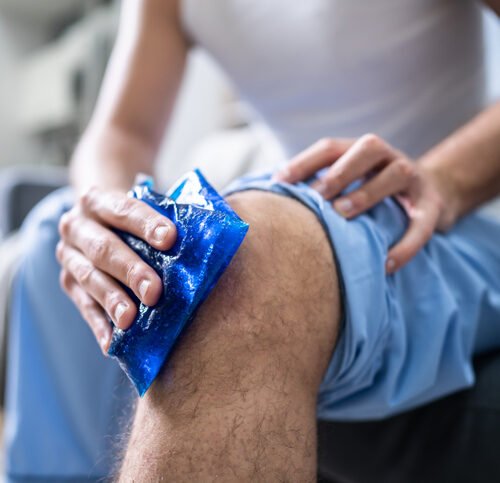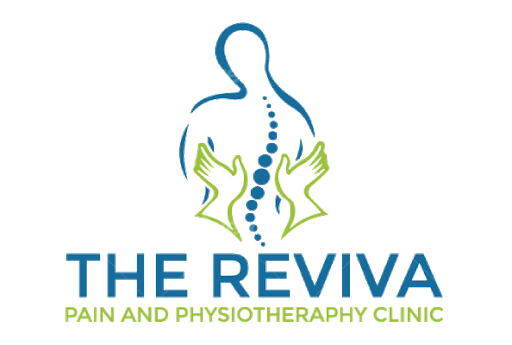Muscle strains can strike anyone at any time. It is not necessary to be a sprinter or a bodybuilder to pull a hamstring or tear a bicep.
If you’ve ever suffered from a muscle strain, your doctor, a family member, or a friend may have advised you to see a physiotherapist. Without prior knowledge of the benefits of physiotherapy, it is easy to select medication as a temporary measure to reduce and control pain.
Choosing physiotherapy, on the other hand, will treat the symptoms as well as educate you on the extent of the injury, possible causes, and ways to prevent a recurrence.
Muscle Strain Common Locations
Strains can occur in any muscle in your body, but as with any other injury, some occur more frequently than others. The hamstring, quadriceps, calf, and groin muscles are the most commonly strained muscles in the lower body. The biceps and rotator cuff muscles of the shoulder are the most vulnerable to muscle strain injuries in the upper body.
How we can Help Treat The Injury
Our physiotherapist will begin their assessment on your first visit by gathering background information on why, how, and when your injury occurred.
Following that, a physical examination will be performed to determine the extent of the muscle injury. Muscle strains are classified as first, second, or third-degree, which defines the severity and establishes guidelines for treatment and recovery time. The presence of bruising indicates that muscle fibers have been torn, and the location and extent of the bruising assist the physiotherapist in determining the degree of injury.
Following a thorough assessment, the physiotherapist will develop a treatment plan that addresses both the acute stage of your specific injury and long-term recovery goals. The rehabilitation process also includes education and advice on how to avoid future injuries.
Physiotherapists select from a variety of treatment methods to treat the injured muscle based on the specific injury.
Therapeutic Modalities
In the acute stage, electrotherapeutic devices such as ultrasound, interferential current, and TENs can help with healing and pain control.
Ice and heat
Heat increases blood flow in the area, allowing for faster recovery. Although ice is well-known for its pain-relieving properties, the jury is still out on whether it can help reduce inflammation and swelling. More information on this topic can be found on our blog, Shedding Some Light on the Icy Hot Debate.

Manual or Self-Stretching
A fundamental concentration after muscle strain is to assist the patient with mending versatility. Muscle snugness can probably happen after a physical issue which will influence your capacity to move the joint/muscle as you had beforehand and can add to re-injury. By helping you in extends demonstrated to be gainful for your particular physical issue, the stretches will help protract and release the muscles, at last expanding your adaptability and scope of movement. Home activities and self-extending are a significant piece of the treatment program!
Fortifying Exercises
Maybe quite possibly the most significant and useful pieces of Physiotherapy, injury-related fortifying activities guarantee that you keep up with strength in regions encompassing the injury and recapture the strength in the elaborate muscle securely. Strength practices are painstakingly advanced as the harmed muscle mends.
Consolidating activities to reestablish versatility and recapture strength and capacity will return to your past exercises and work sooner, just as a help to forestall any future wounds.





